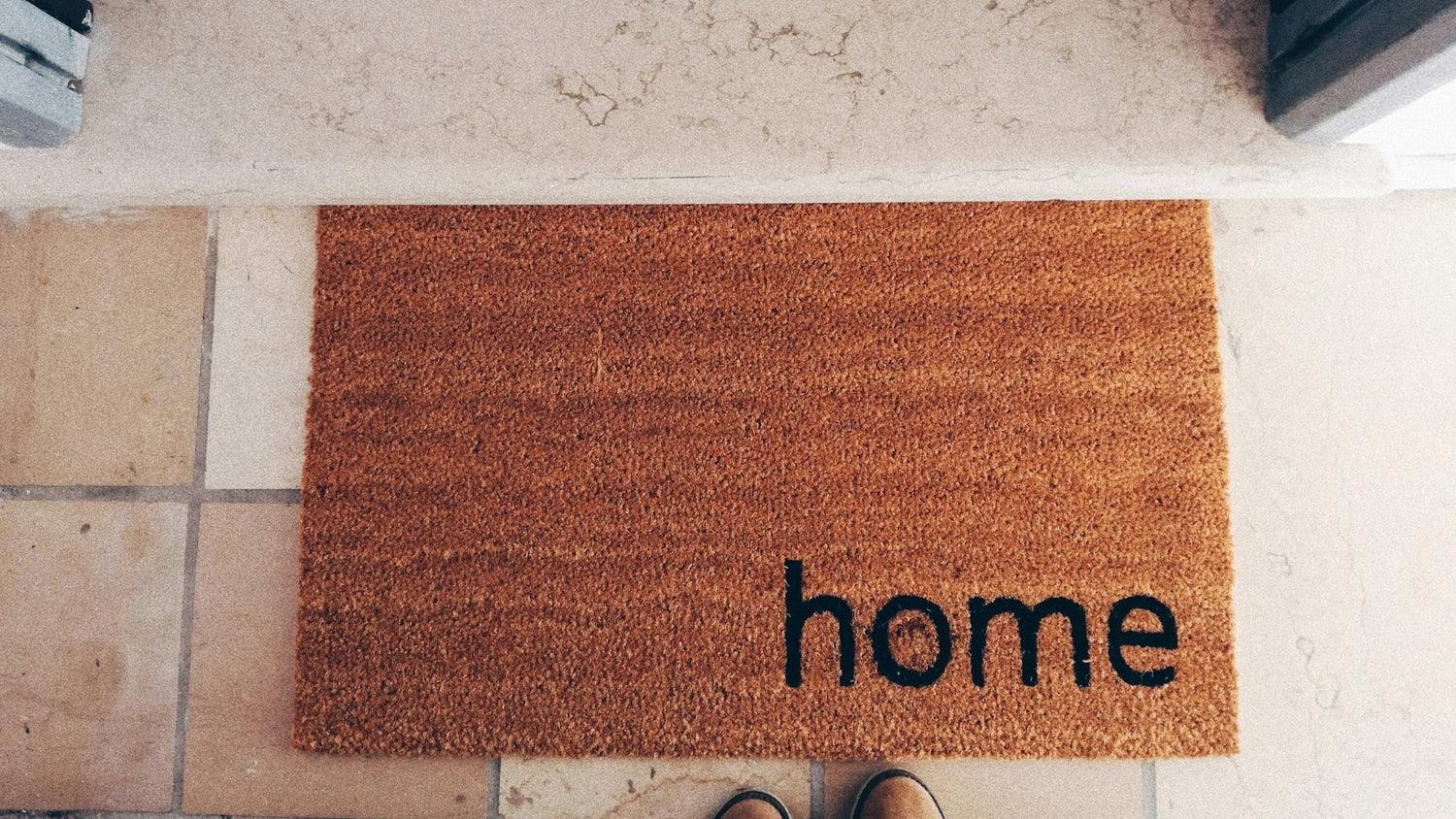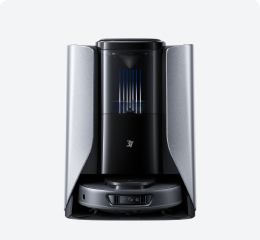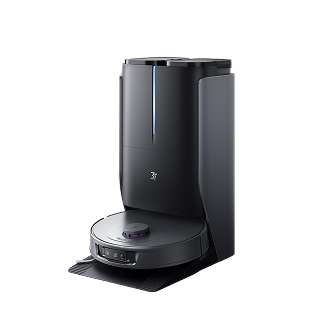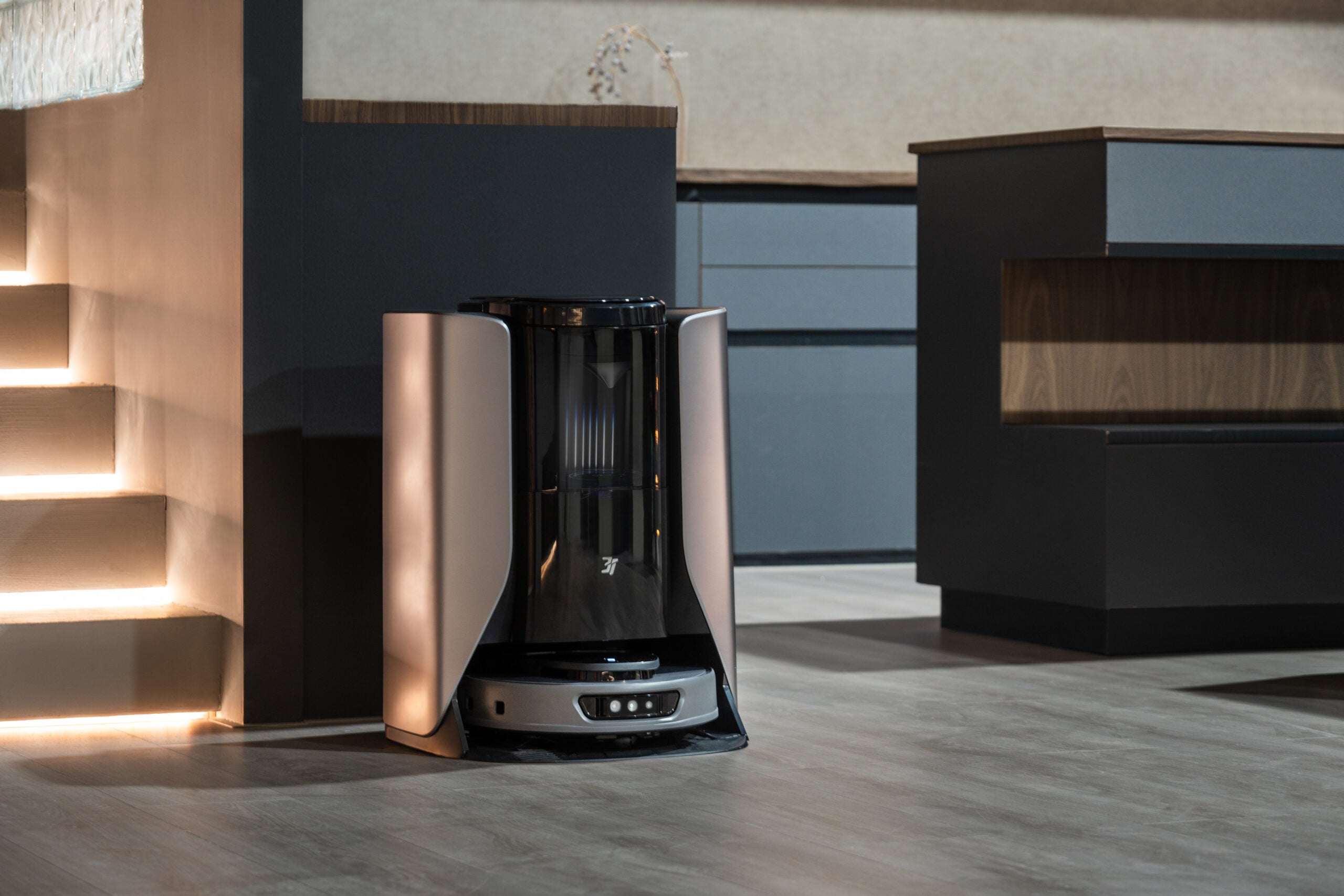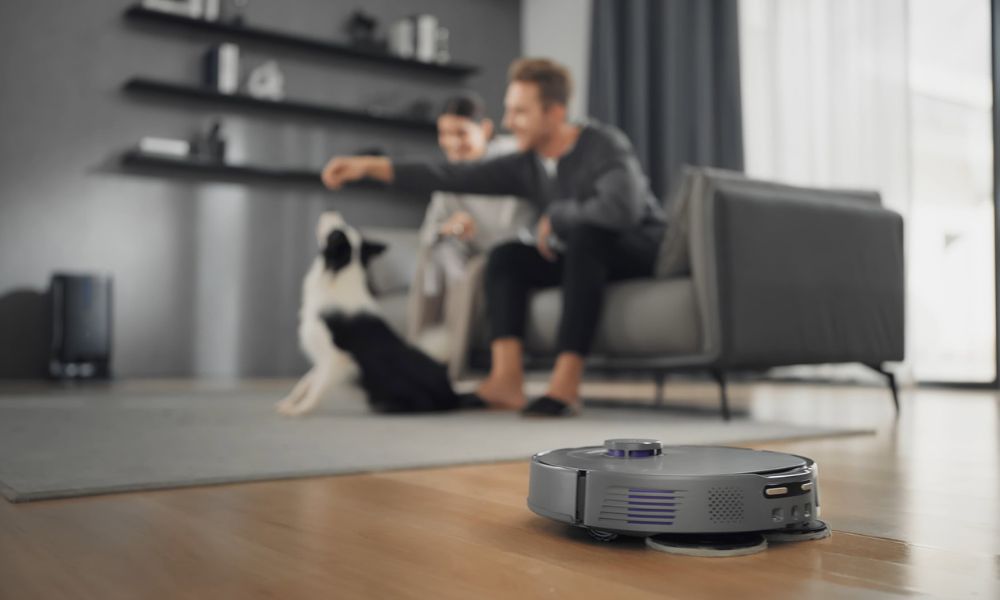You share your home with millions of uninvited guests. They don’t pay rent, they don’t help with chores, and they are a leading cause of year-round allergies and asthma. Meet the dust mite—a microscopic, eight-legged relative of the spider that thrives in the warm, humid, and dark corners of our homes, particularly our bedrooms.
If you’re constantly waking up with a stuffy nose, itchy eyes, or a general feeling of congestion, you might be hosting a dust mite party without even knowing it. But fear not! This isn't a battle you have to lose. This comprehensive guide will walk you through everything you need to know about these tiny terrors and provide an actionable, multi-pronged strategy to reclaim your home and your health.
What Are Dust Mites?
To defeat an enemy, you must first understand it. Dust mites are not parasites; they don’t bite or burrow into your skin. Their primary food source is the dead skin cells that you, your family, and your pets shed every single day. A single person sheds about 1.5 grams of skin cells per day—enough to feed a million dust mites!
They thrive in environments with:
Temperature: 68-77°F (20-25°C)
Humidity: 70-80% relative humidity
Food Source: Abundant skin cells (found in bedding, upholstery, and carpets)
The problem isn't the mites themselves, but their waste particles. Their feces and decaying bodies contain a specific protein that is a potent allergen for many people. When these lightweight particles are disturbed, they become airborne, are inhaled, and can trigger allergic reactions and asthma attacks.
How to Kill Dust Mites: A 5-Step Plan
A single method is not enough to control a dust mite infestation. Success lies in a sustained, multi-faceted approach that targets their ideal living conditions.
Step 1: Control Humidity
This is arguably the most effective step. Dust mites absorb water from the air, so without adequate humidity, they literally dehydrate and die.
Use a Dehumidifier: Aim to keep the relative humidity in your home, especially the bedroom, below 50%. This is a death sentence for dust mite colonies. Run a dehumidifier consistently, particularly during humid seasons.
Improve Ventilation: Use exhaust fans in bathrooms and kitchens. Open windows when the outdoor humidity is low to allow moist air to escape.
Air Conditioning: Your AC unit naturally removes moisture from the air, making it a powerful ally in your fight.
Step 2: Use Heat and Cold
Extreme temperatures are fatal to dust mites.
Hot Water Washes: Wash all bedding (sheets, pillowcases, duvet covers) weekly in hot water at least 130°F (55°C). This temperature kills mites effectively.
Tumble Dry: After washing, dry your bedding on a high-heat setting for at least 15 minutes. The combination of heat and dehydration is lethal.
Freeze What You Can't Wash: Stuffed animals, delicate pillows, or other non-washable items can be placed in a sealed plastic bag and put in the freezer for 24-48 hours. This will kill the mites, but you will still need to wash or rinse the items to remove the allergen particles.
Step 3: Use Protective Covers
You can't wash your mattress or pillows every week, but you can seal them off.
Allergen-Proof Encasements: Invest in high-quality, zippered, allergen-proof covers for your mattress, box spring, and pillows. These are made of a fabric with pores too tiny for mites and their allergens to penetrate. You are essentially creating a fortress around their favorite food source—you.
Step 4: Clean Thoroughly and Regularly
Killing mites is only half the battle. You must also remove the accumulated allergens from your home.
Vacuum Correctly: This is crucial. Use a vacuum cleaner equipped with a HEPA (High-Efficiency Particulate Air) filter. Standard vacuums can often blow the tiny allergen particles back out into the air through their exhaust. A HEPA filter traps them, preventing re-circulation.
Focus on: Carpets, area rugs, upholstered furniture, and curtains.
Frequency: Vacuum high-traffic areas 2-3 times a week and other areas at least once a week.
But who has the time or energy to vacuum that frequently and meticulously? This is where modern technology becomes a game-changer.
The Best Tool for the Job: A Robot Vacuum
Imagine having a dedicated assistant that works tirelessly to reduce allergens even when you're asleep, at work, or simply relaxing. That’s the power of a robot vacuum in the fight against dust mites.
While it won't kill live mites hiding deep in your carpet fibers, a robot vacuum is exceptionally effective at one critical task: removing the food source and the allergens themselves.
Here’s why you need one:
- Consistent Cleaning: Instead of a once-a-week deep clean that stirs up allergens, a robot vacuum can run daily. This consistent, gentle cleaning continuously removes skin cells from the surface of your floors before they can be pushed deeper into carpets and become a mite buffet.
- Removes Allergens: By sucking up dust, dander, and the existing allergen particles (mite feces), it directly reduces the irritants in your environment. Many modern models also feature HEPA-grade filters, ensuring what's picked up stays trapped.
- Reaches Hidden Areas: How often do you move your bed to vacuum underneath? For most people, the answer is "rarely." This dark, dusty space is a dust mite paradise. A low-profile robot vacuum can glide under beds, sofas, and other hard-to-reach furniture, disrupting these hidden colonies.
Step 5: Reduce Clutter and Change Your Home
Minimize the places where dust mites can live.
Remove Clutter: Get rid of knick-knacks, stacks of paper, and unnecessary fabrics from surfaces and floors.
Choose Hard Floors: If possible, replace wall-to-wall carpeting with hard surfaces like wood, laminate, or tile. These are much easier to keep allergen-free.
Change Your Fabrics: Replace heavy fabric curtains with blinds or washable roller shades. Choose leather or vinyl upholstery instead of cloth.
Your Cleaning Schedule
Consistency is key. Create a simple weekly routine:
Daily: Let your robot vacuum do its thing.
Weekly: Wash bedding in hot water. Vacuum upholstery and areas the robot might miss with your HEPA upright vacuum.
Monthly: Wipe down hard surfaces with a damp cloth. Wash curtains or soft furnishings if possible.
Seasonally: Deep clean carpets. Wash allergen-proof encasements.
Our Top Vacuum Recommendation
Now, if you're looking for an entry-level robot vacuum to kickstart this automated cleaning routine, you don't need to break the bank. You need a workhorse that is reliable, effective, and has the right features for allergen control.
Our Entry-Level Pick: The 3i G10+ Robot Vacuum

For those starting their smart cleaning journey, the 3i G10+ stands out as an exceptional value-packed choice. It hits the sweet spot between price and performance, offering features that are specifically beneficial for managing dust mites and allergens:
Proprietary Debris Compression Technology: Dust, dander, and hair are automatically compacted inside the bin, increasing capacity and preventing dust and allergens from spreading.
Strong Suction: It effectively pulls up dust, pet dander, and skin cells from both hard floors and carpets, efficiently removing the mites' food source.
Flagship-Level Navigation: It doesn't just bump around randomly. The G10+ uses advanced dToF LiDAR, an AI camera, and 3D structured light to navigate your home methodically, ensuring more complete coverage and ensuring it gets under the bed and sofa—those critical dust mite hideouts.
App Control & Scheduling: This is the core of consistency. You can schedule the G10+ to clean every single day while you're at work. Set it and forget it. Your daily allergen removal is now on autopilot.
Auto-Carpet Boost: When it detects a carpet, it automatically increases suction power to dig deeper and pull out more embedded debris.
HEPA Filtration: It comes equipped with a high-efficiency filter that captures microscopic particles, including dust mite allergens, preventing them from being blown back into the air you breathe.
The 3i G10+ is the perfect "first step" into the world of automated cleaning, providing a powerful and consistent defense against the buildup of dust mite triggers without requiring a significant upfront investment.
Conclusion
Living with dust mite allergies doesn't have to mean living with constant discomfort. By understanding the enemy and implementing this layered defense strategy—controlling humidity, using heat, employing barriers, and committing to a rigorous cleaning routine supercharged by tools like the 3i G10+ robot vacuum—you can dramatically reduce the allergen load in your home.
It’s about creating an environment where these microscopic pests can no longer thrive. So, take back your bedroom, breathe easier, and finally get the good night’s sleep you deserve. Your health is worth the effort.



